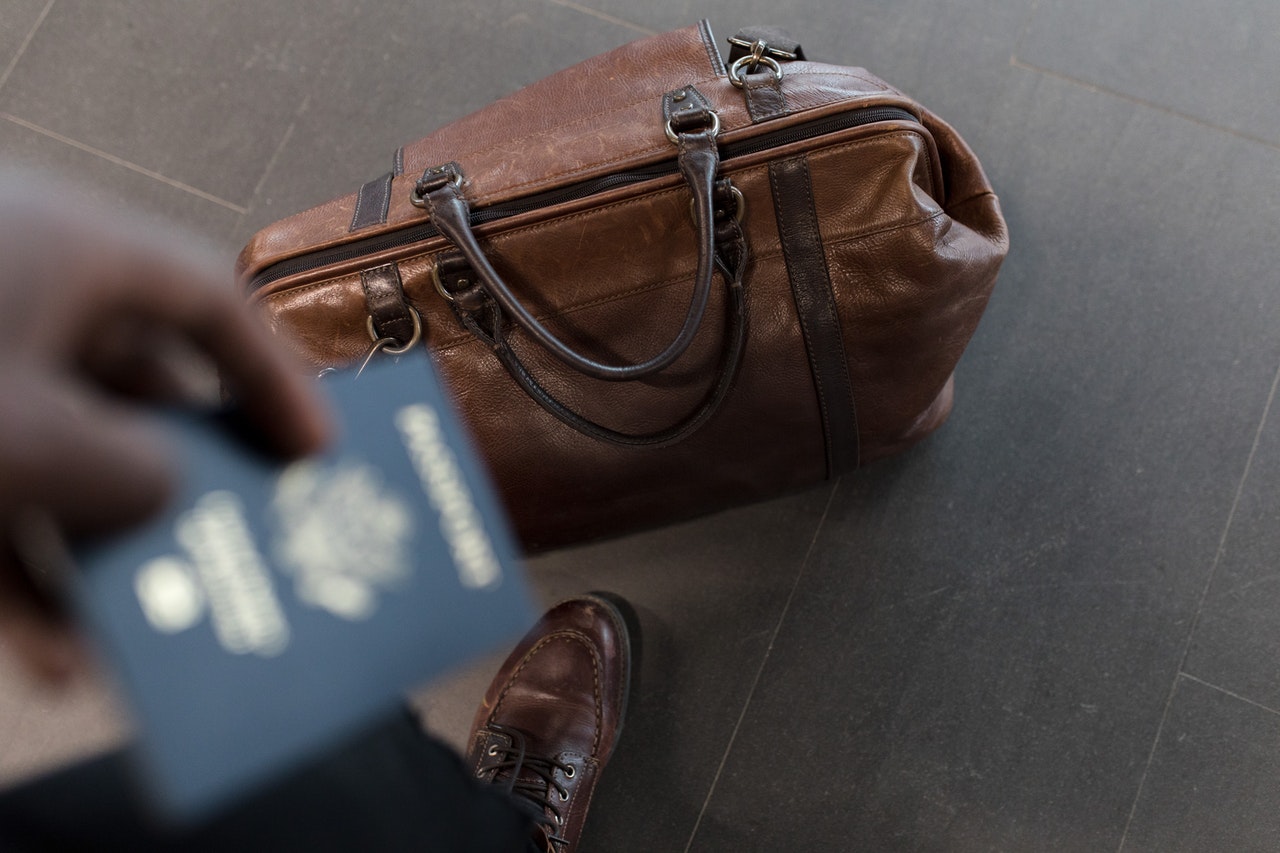Traveling is already stressful enough for non-disabled people, and if you have a disability, the experience can present additional difficulties. But that hasn’t stopped blind and visually impaired people from traveling for business or leisure.
Traveling with a disability presents unique challenges, which is why it’s vital to prepare accordingly. Aids for the visually impairedcan improve the traveling experience, but there’s no substitute for caution and preparation. Even carefully planned trips fall by the wayside due to reasons outside of your control.
Preparation can help guarantee a trouble-free and more enjoyable journey.
1. Inform the airline
Being proactive can save you a lot of travel delays and troubles. Airport workers are required to accommodate people with disabilities, but making arrangements ahead of time ensures you get the assistance you need when you arrive at the airport.
Contact your airline’s disability assistance desk to request a wheelchair and an escort to your assigned gate. They may issue you with a particular disability pass. If you’re traveling with someone else, make sure they have the same gate pass as you so you won’t get separated.
You also have to inform the airline if you’re traveling with a service dog. If it’s your first time traveling with a service dog, it might be a good idea to check the official guidelines for travel with a service animal.
2. Research the airport’s layout
Many significant airports post information for people with disabilities on their websites. If your origin or destination airport doesn’t have one, you can scour the Internet for user-submitted reviews. Some travel websites also have dedicated sections for travelers with disabilities.
Information you may want to know about include the general layout of the airport and the locations of places like check-in counters, security, gates, accessible restrooms, and restaurants.
3. Organize your belongings

Organizing your belongings will ensure a faster and more efficient travel experience, especially if you’re traveling with a service dog. For instance, using a backpack instead of a suitcase frees up your hands for other things.
A coat with big pockets comes in handy for holding relevant documents like your ID, passport, and ticket. We also suggest bringing a copy of important contact information in case you get lost or need assistance.
Once you’ve arrived at your destination, keep all your necessities in your jacket pocket at all times. It might be a good idea to bring a jacket with multiple secure pockets so you can carry your keys, phone, and some money.
4. Carry written instructions with you
Before traveling, ask someone to write down directions and instructions for you. That way, if you get lostor if you need help, you can just show someone the written directions. Make sure the directions are specific, including the exact address of each stop in your itinerary.
Anything can happen while you’re traveling. Flights can be delayed, you might lose your luggage, and you could even get lost. But these pointers will help you plan for any challenge so that you can focus on what’s important: enjoying your trip.

